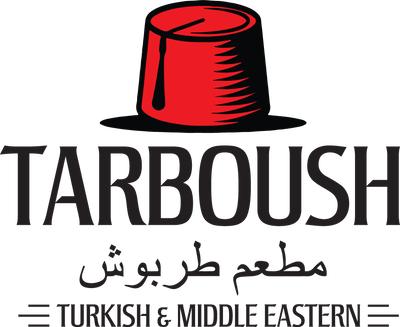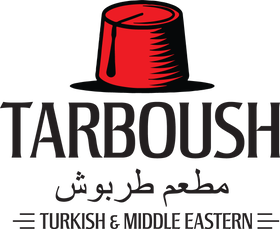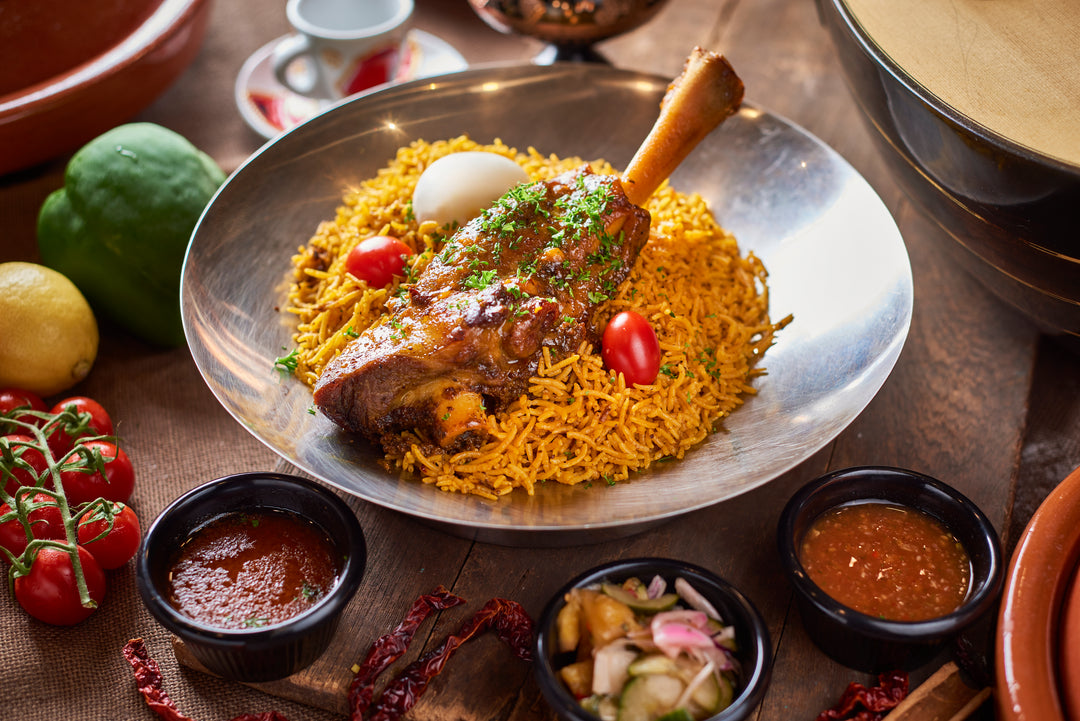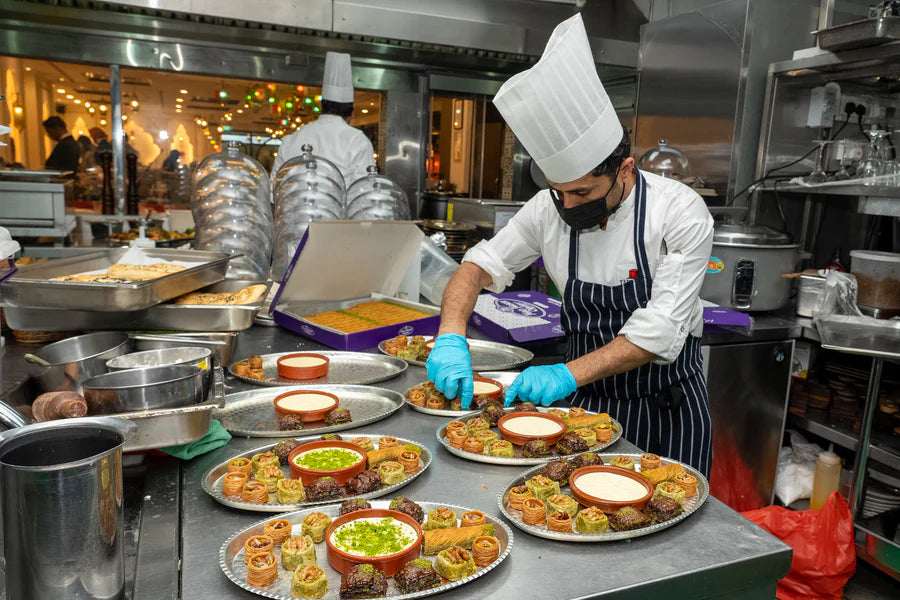Middle Eastern Markets A Sensory Experience
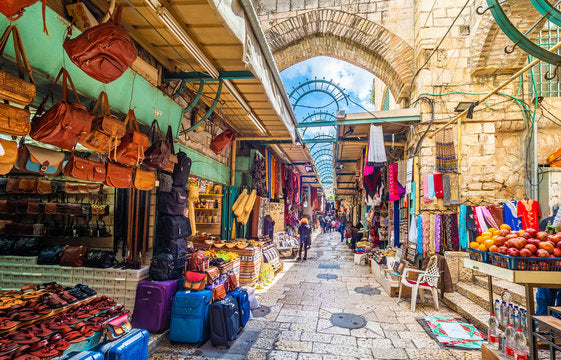
The heart and soul of Middle Eastern cuisine lie in its fresh, vibrant ingredients. To truly appreciate the flavors of the region, one must immerse themselves in the bustling atmosphere of a traditional market. Let's embark on a sensory journey through the vibrant world of Middle Eastern markets.
A Tapestry of Colors, Sounds, and Smells
Middle Eastern markets are a feast for the senses. The vibrant colors of fresh produce, the heady aroma of spices, and the cacophony of sounds create an intoxicating atmosphere. From the bustling souks of Marrakech to the colorful bazaars of Istanbul, these markets offer a glimpse into the heart of the region's culinary culture.
The Abundance of Fresh Produce
The produce section of a Middle Eastern market is a kaleidoscope of colors and textures. From the deep red of ripe tomatoes to the vibrant green of fresh herbs, the variety is astounding.
- Citrus Fruits: Lemons, oranges, grapefruits, and limes are essential ingredients in Middle Eastern cuisine. They provide a bright and tangy flavor to dishes.
- Herbs and Spices: A cornucopia of fresh herbs, including mint, parsley, coriander, and dill, are readily available. The spice section is a treasure trove of aromatic wonders, with cumin, coriander, cardamom, and turmeric taking center stage.
- Vegetables: Eggplants, zucchini, cucumbers, and peppers are staples in Middle Eastern cooking. The markets offer a wide variety of these vegetables, often at incredibly affordable prices.
- Legumes and Grains: Lentils, chickpeas, and other legumes are essential ingredients in many Middle Eastern dishes. A variety of grains, such as bulgur, freekeh, and couscous, are also readily available.
The Meat and Dairy Aisles
While the focus of Middle Eastern cuisine is often on vegetables and grains, meat and dairy products also play important roles.
- Meats: Lamb, beef, chicken, and goat are commonly found in Middle Eastern markets. The quality and freshness of the meat are essential for creating delicious dishes.
- Dairy Products: Yogurt, feta cheese, and labneh are staples in Middle Eastern cuisine. These products provide a creamy and tangy element to dishes.
The Art of Bargaining
Bargaining is a common practice in many Middle Eastern markets. It's an opportunity to engage with vendors and experience the local culture. While bargaining can be fun, it's essential to be respectful and fair.
Cooking with Fresh Ingredients
Using fresh, high-quality ingredients is the key to creating authentic Middle Eastern dishes. By shopping at local markets, you can support local farmers and artisans while enjoying the freshest produce available.
- Preserving Freshness: Learn tips for storing fresh produce to maximize its lifespan.
- Ingredient Substitutions: Discover alternative ingredients that can be used in case of shortages or dietary restrictions.
The Middle Eastern market is more than just a place to buy groceries; it's a cultural experience that offers a glimpse into the heart and soul of the region. By immersing yourself in the vibrant atmosphere and exploring the diverse range of ingredients, you can elevate your cooking to new heights.
